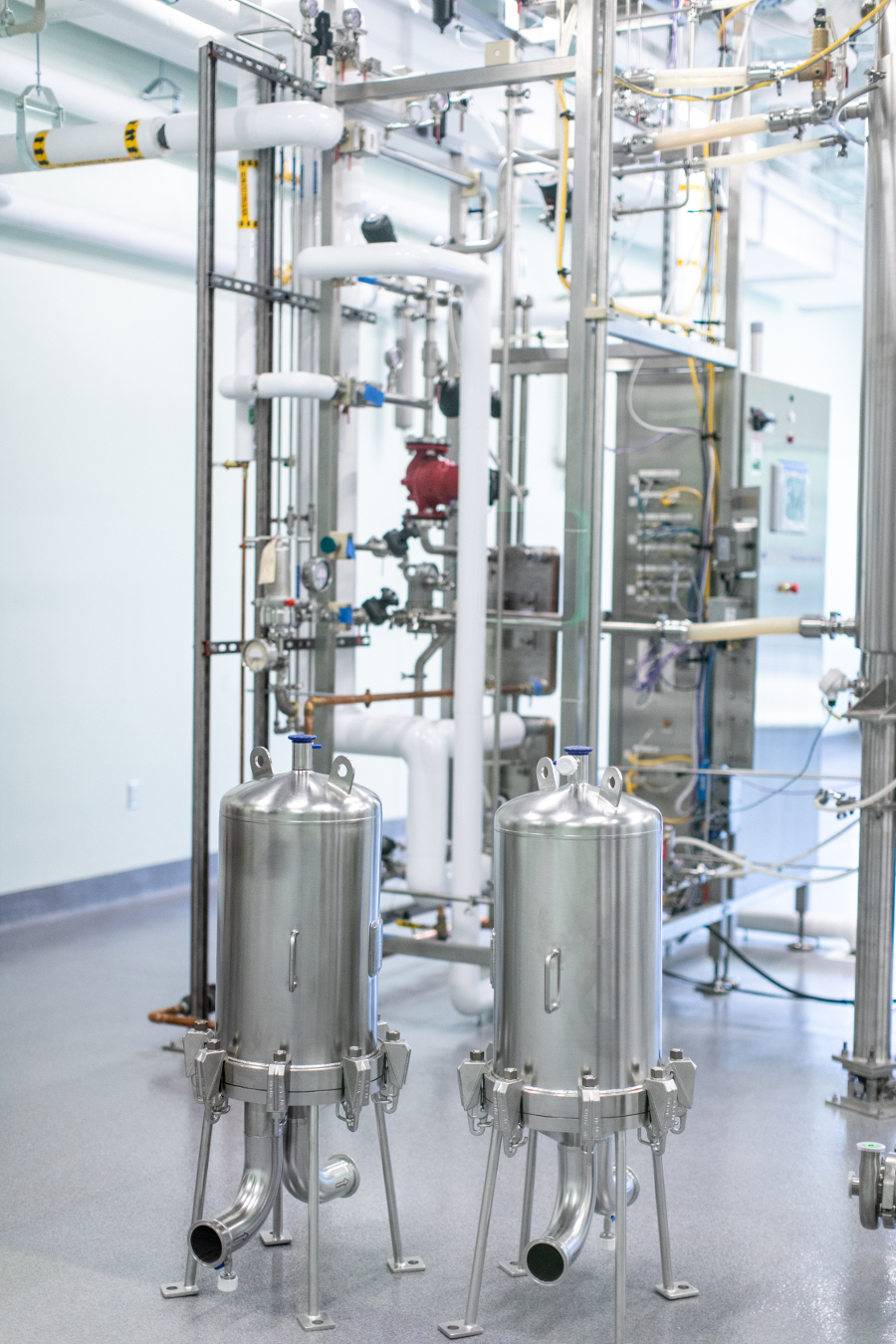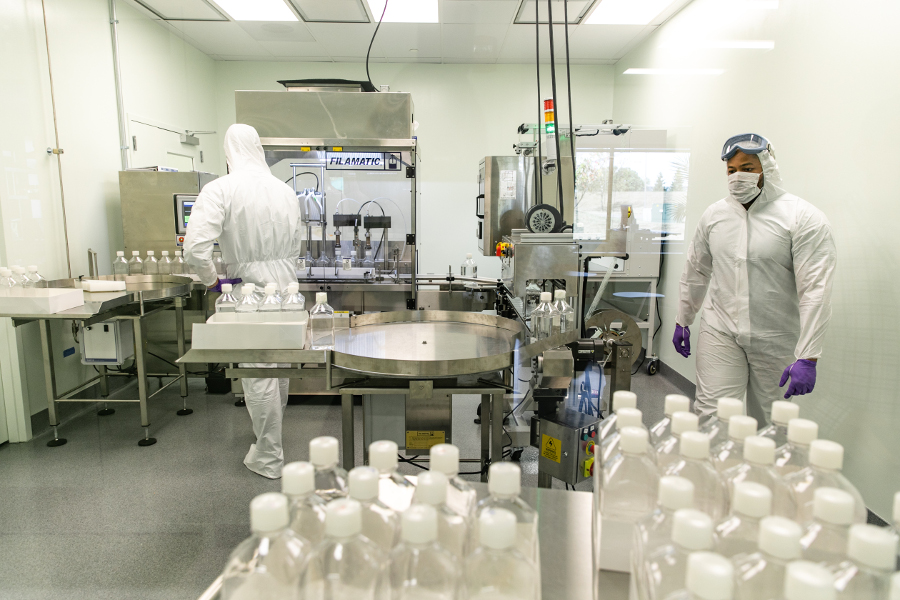

Bacteriophages: the Most Ubiquitous Organisms on Earth
Bacteriophages (or phages for short) are viruses that infect bacteria. The name was coined by the discoverer of bacteriophages Felix d'Herelle, by combining the Greek "phago" meaning "to eat" or "to develop at the expense of," and "bacteria." Phages are the most ubiquitous organisms on Earth, and they can be found – often in prodigious numbers – in every living ecosystem. Phages are highly specific for bacteria, and they can not infect eukaryotic cells; i.e., those of humans/animals and plants. Moreover, one phage typically only infects a subgroup of strains within the same bacterial species, therefore not disturbing any beneficial or "good" microbes.
Philosophical and Technical Considerations
Intralytix's phage technology is based on the philosophy that naturally-occurring bacteriophages provide one of the safest and most environmentally-friendly, targeted approaches for dealing with bacterial infections in a variety of settings. Phages are "Nature's way" of controlling bacteria on this planet, and they have played and continue to play a critical role in maintaining (via a well-balanced predator-prey relationship) microbial balance in every ecosystem where bacteria are present. Thus, Intralytix's philosophy is to use this natural approach to control pathogenic bacteria in limited, specific settings where those bacteria may cause human illness or other problems.
Intralytix's core phage technology stipulates construction of natural, safe, and effective phage preparations from a library of well-characterized bacteriophages isolated from the environment. After they are in Intralytix's phage collection, the phages are not genetically engineered or altered in any way. However, they are rigorously characterized and carefully selected to produce phage cocktails optimal for specific applications. At the present time, Intralytix's library of lytic bacteriophages is one of the largest and best characterized in the world. Also, it is continuously being updated with new phages, in order to include bacteriophages lytic against additional bacterial pathogens or bacterial strains of particular concern in specific geographic locations or in specific food processing or clinical settings.
Phages vs. Bacteria: Mechanisms of Action
Phages are metabolically inert in their extracellular state and they reproduce by hijacking the metabolism of their host bacteria. After phage DNA is injected into the host cell, it directs the production of progeny phages. These phages burst from the host cell, killing it, and then infect more bacteria. There are innumerable types of phages, each capable of eradicating a specific bacterial host species. Phages are abundant in the biosphere and they are "Nature's way" of controlling bacteria in virtually every ecosystem where bacteria are present. Phages only attack bacteria and have absolutely no effect on human, animal, insect, plant, etc. cells. Even across bacteria types, a phage does not nonspecifically infect and lyse all bacterial species; rather, it kills strains or a subgroup of strains within the targeted bacterial species, which makes targeted therapy possible. Because of this specificity, phages may be considered the most gentle, natural, and effective way to target "problem bacteria" in specific settings, without affecting other bacteria (which often are beneficial) and without adversely affecting the environment.
The mechanism by which phages kill their specific host bacteria is commonly called "lysis." There are four major steps in the phage-mediated lytic process:
-
Recognition and binding
-
The distal tips of a phage's tail fibers bind specifically to receptors in the host bacterium's cytoplasmic membrane.
-
-
Injection
-
Phage DNA is injected from the phage into the host cell's cytoplasm.
-
-
Multiplication
-
Phage DNA replication is initiated, phage-specific proteins are synthesized, and new phages are assembled. During these steps, the host cell's DNA transcription is suppressed and its metabolic resources are directed towards phage replication, assembly, etc.
-
-
Lysis
-
Very shortly after infection, the infected cell dies metabolically (i.e., it stops producing ATP). This leads to membrane-disruption later in the phage's lytic cycle, which enables large numbers of newly assembled phage particles to be released from the bacterium and the host cell's death. Although the entire process requires approximately 20-40 minutes (it varies from phage to phage), most lytic phage-infected cells are metabolically dead by only 20-40 seconds post-injection of phage DNA.
-
Areas of Practical Applications
Properly developed and manufactured phage preparations can be invaluable in controlling problem bacteria in various settings where the bacteria may cause disease or other problems. Thus, phage preparations can potentially be useful in any setting where the eradication of problem bacteria is important. While such areas of applications are numerous, Intralytix has identified four major areas for product development and commercialization of its phage-based technology. They are applications for:









